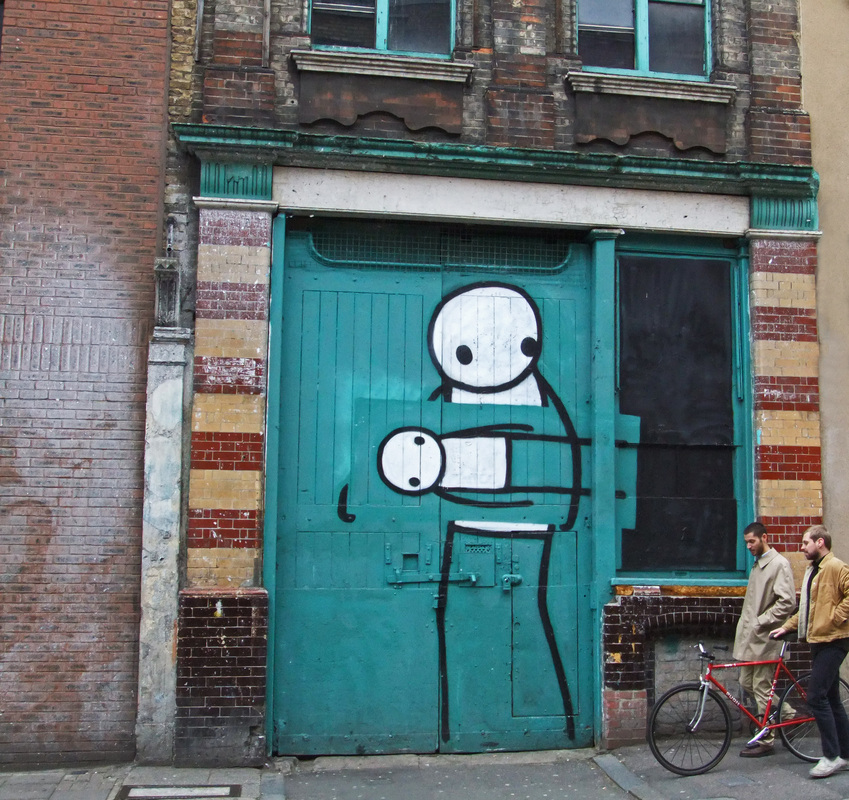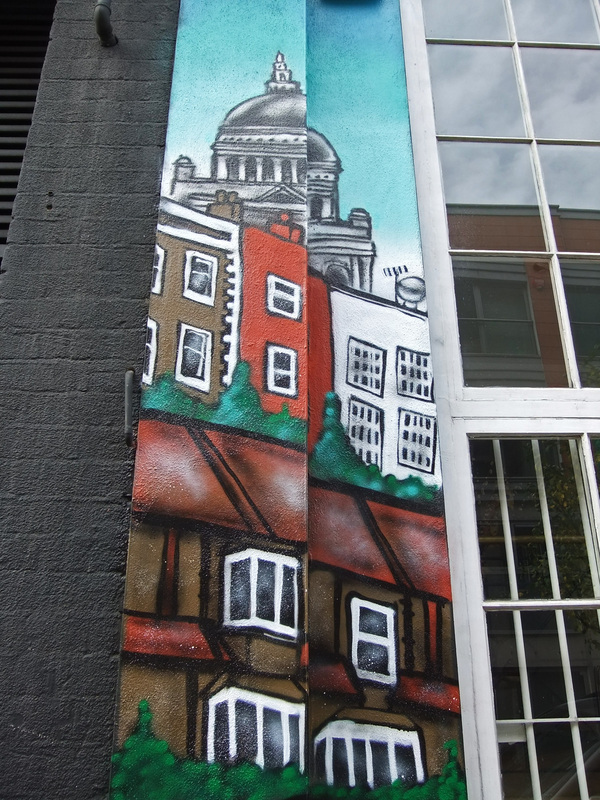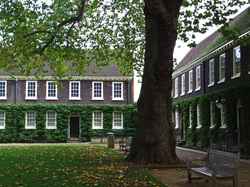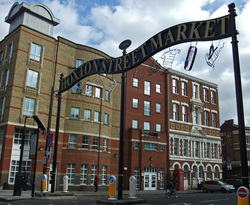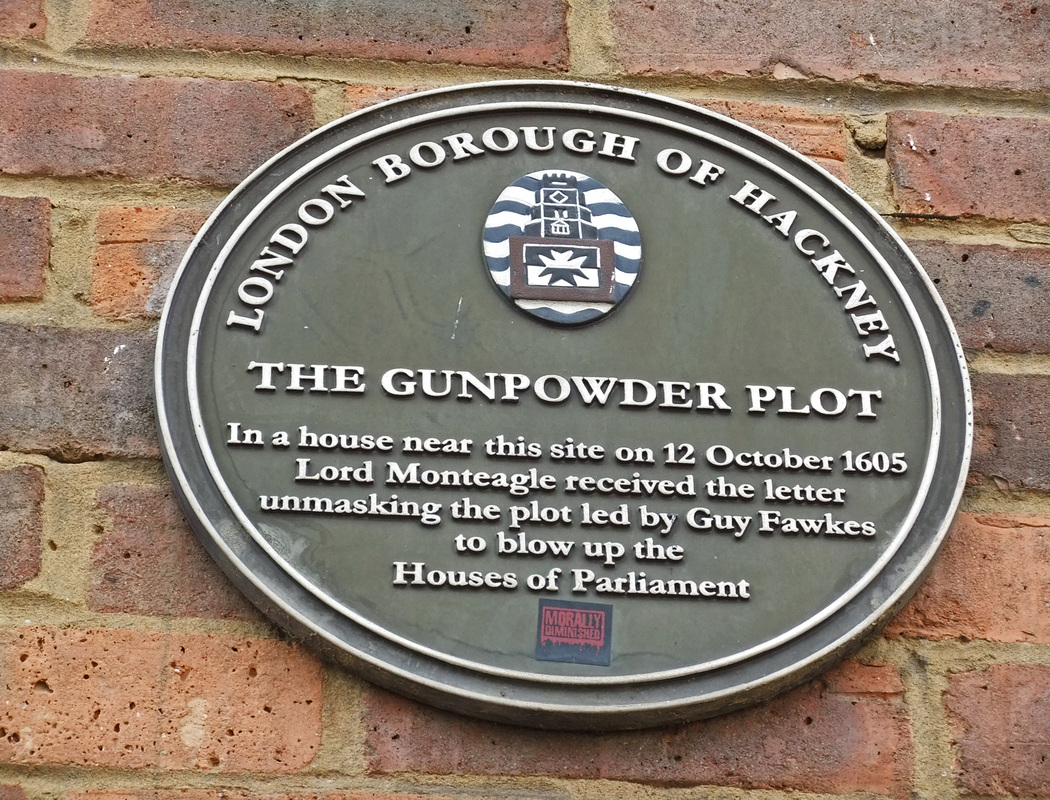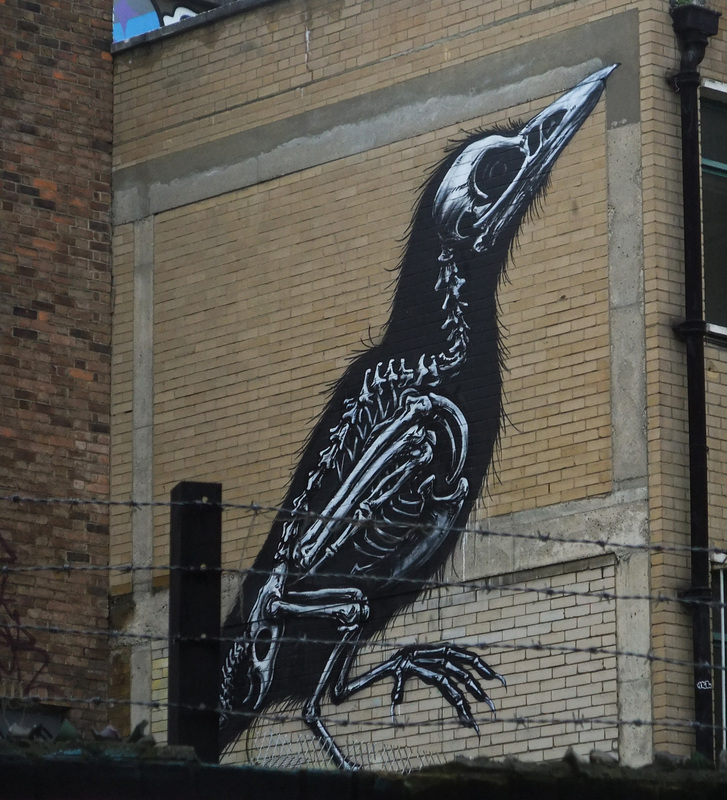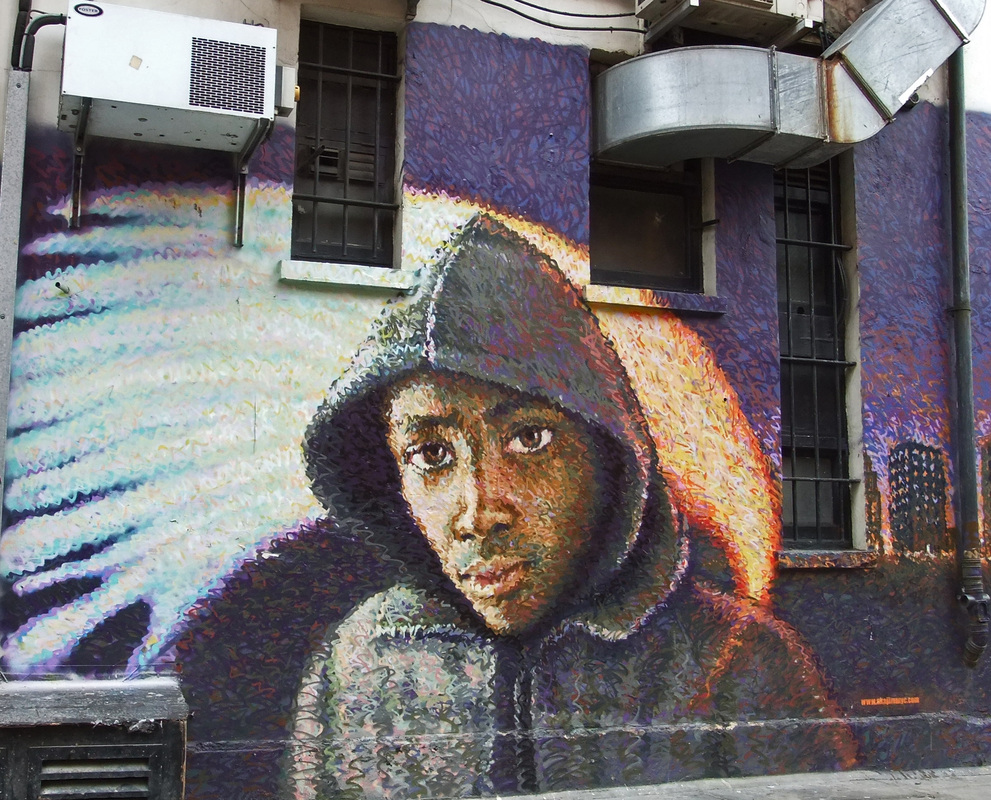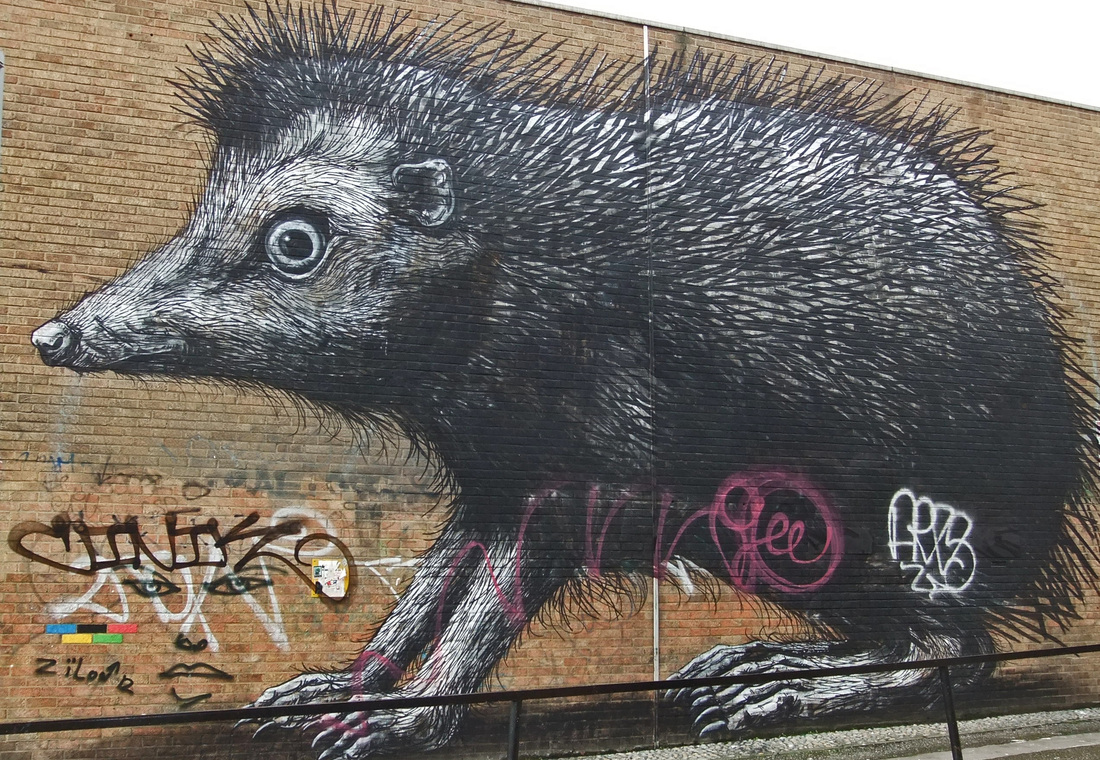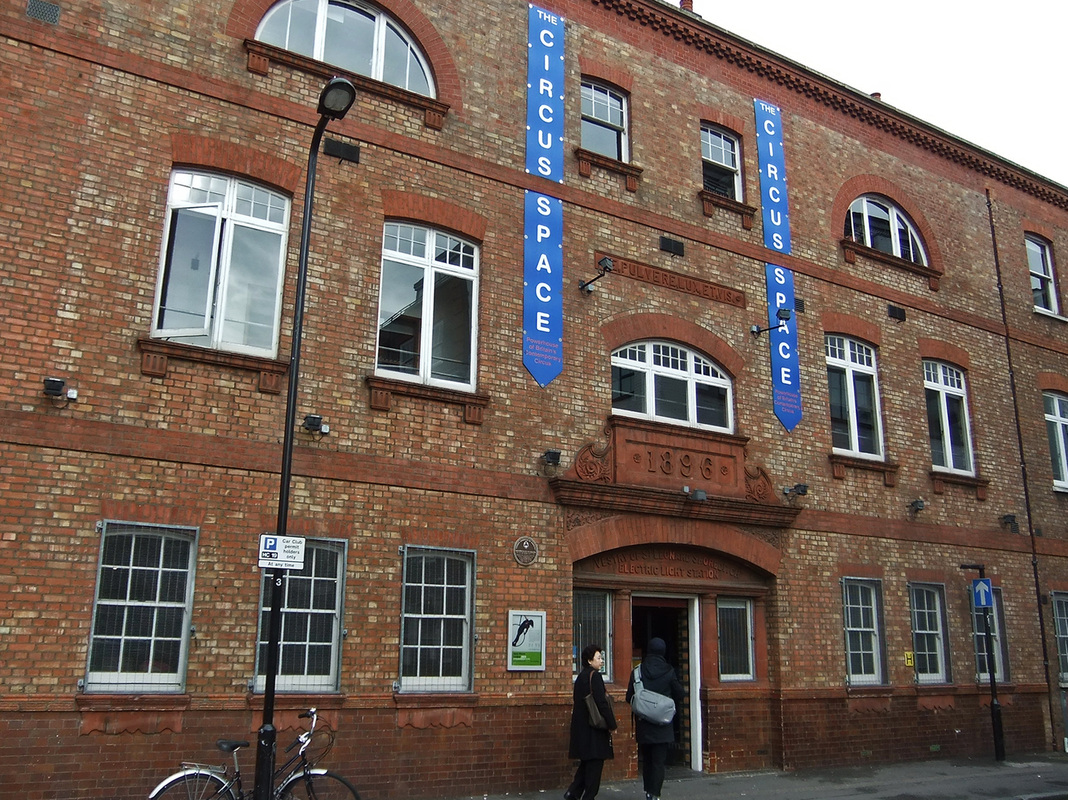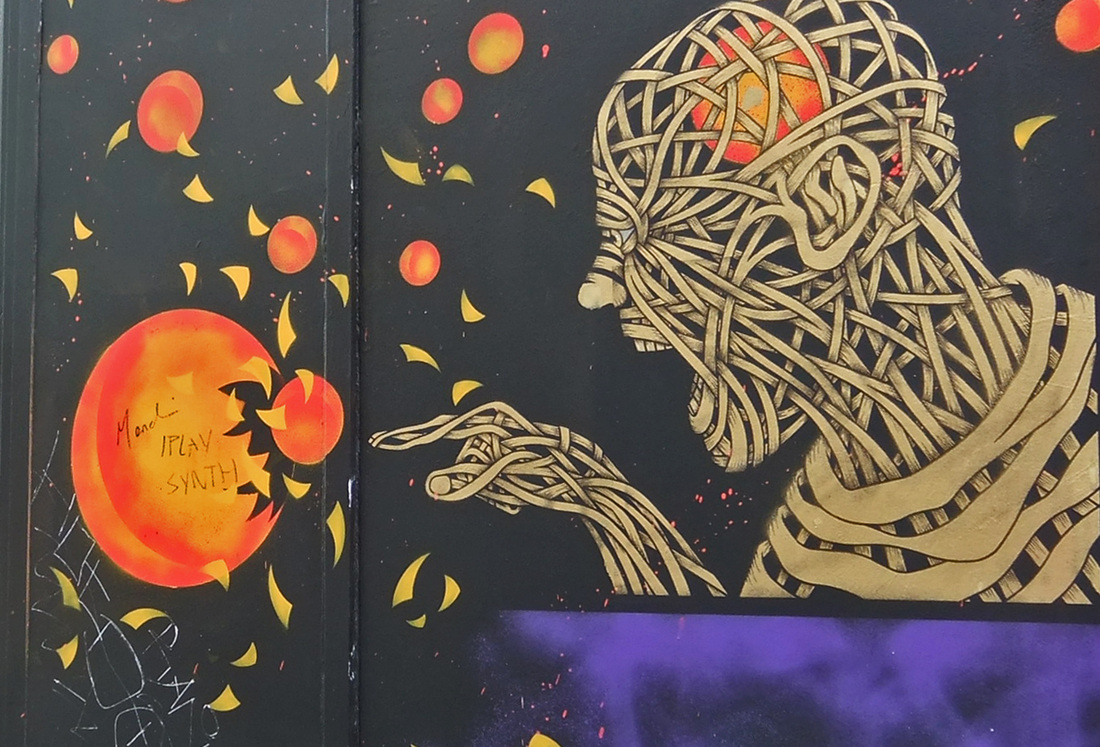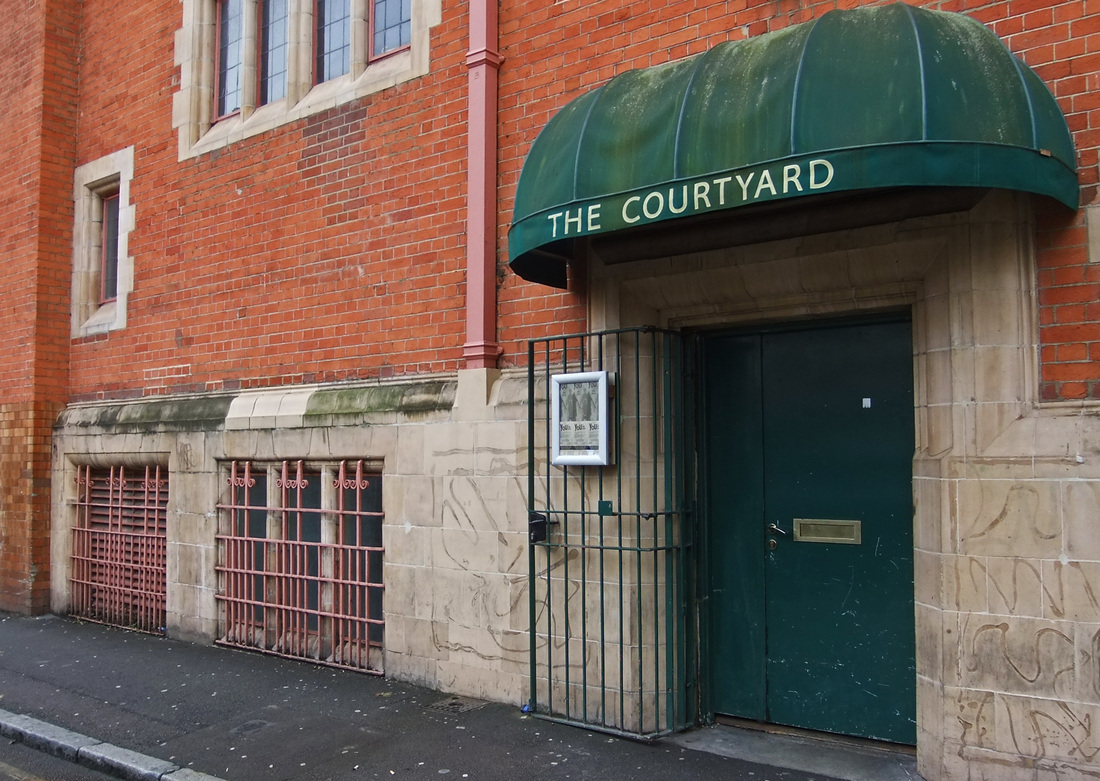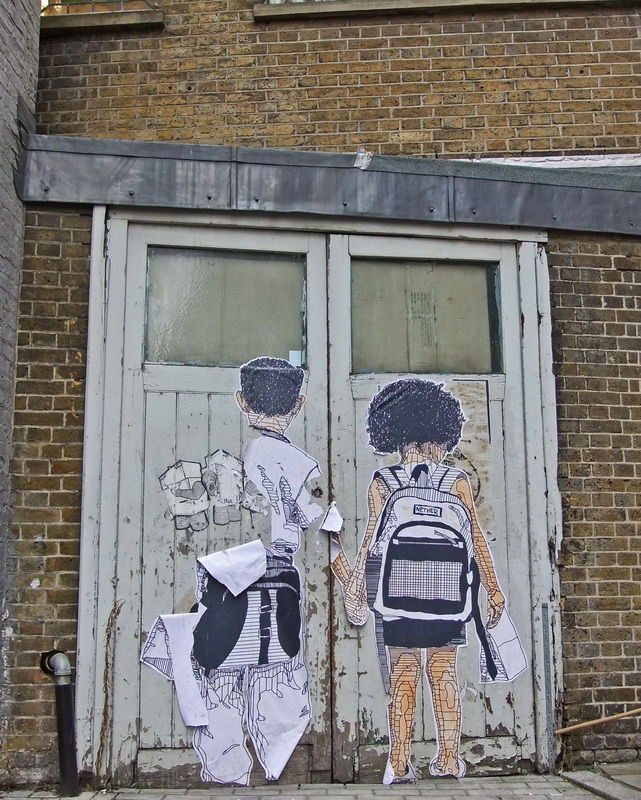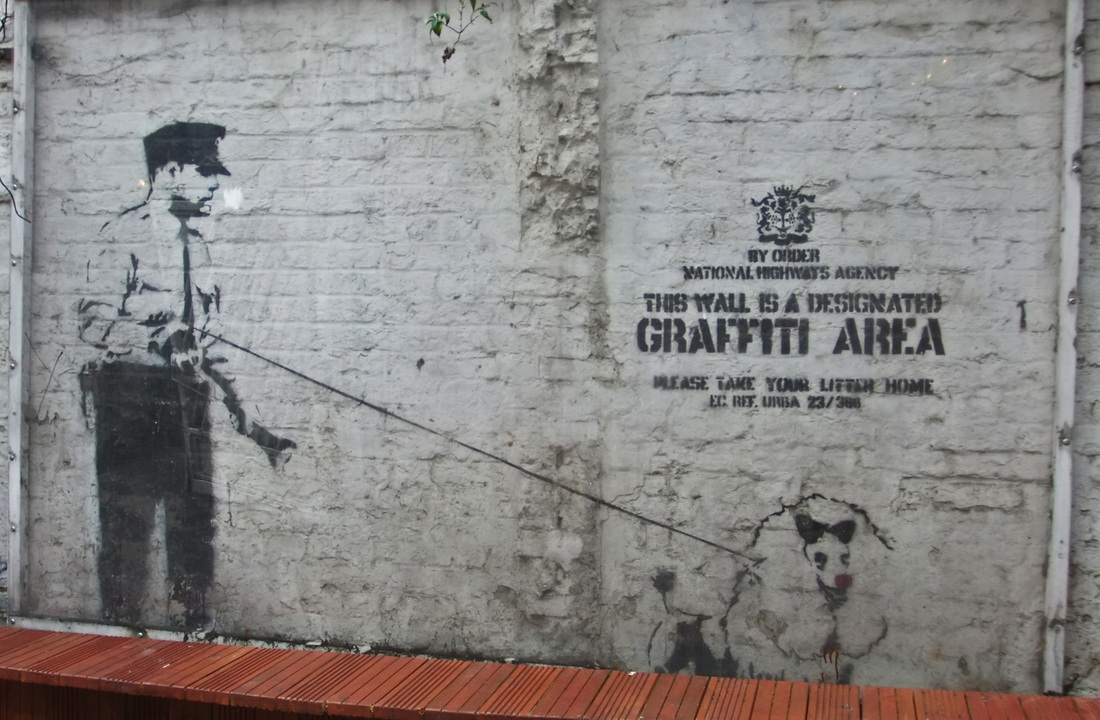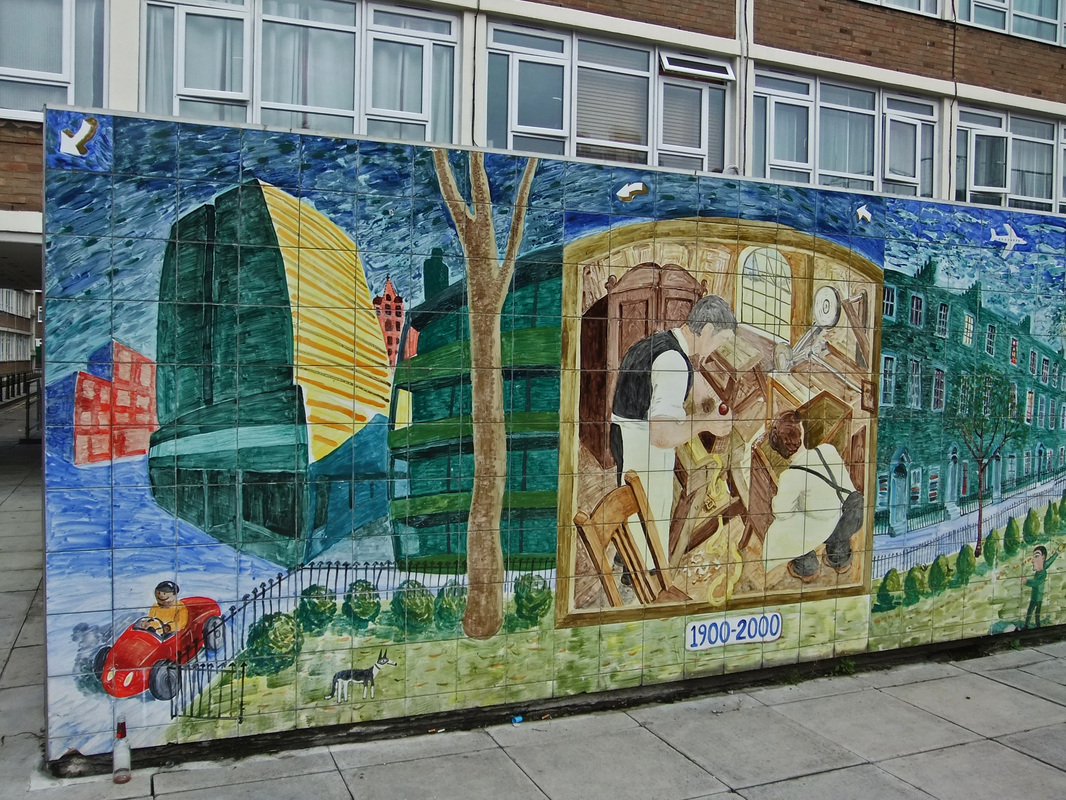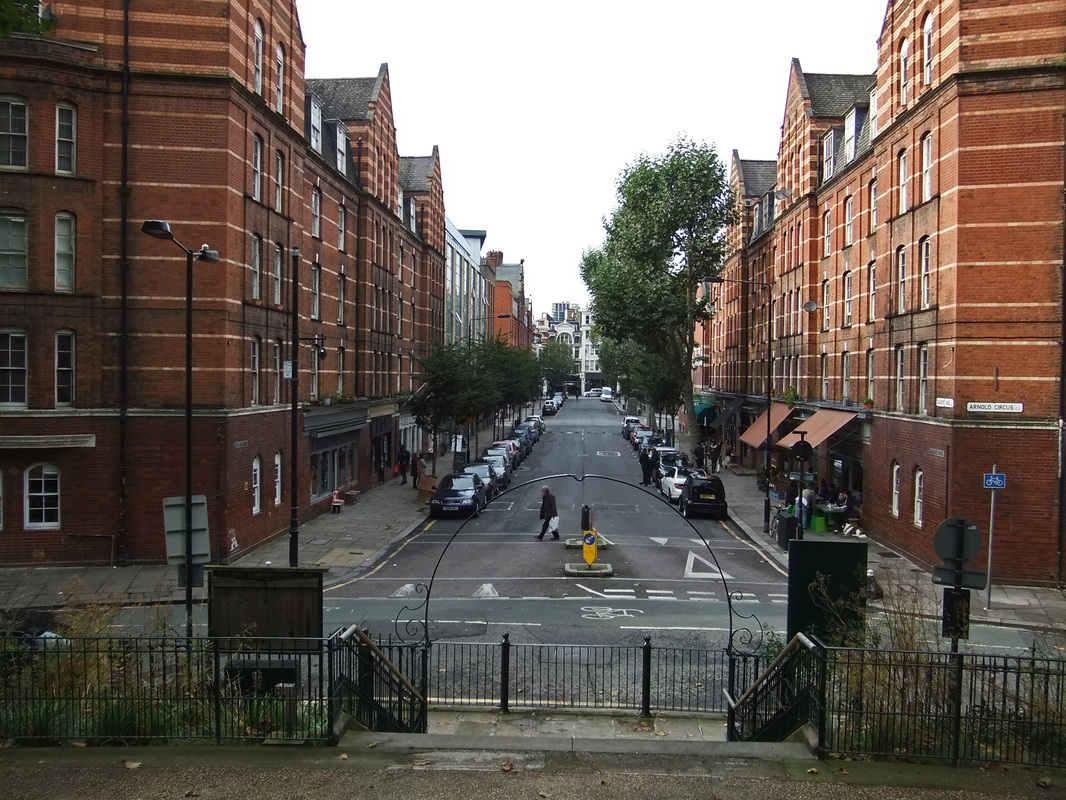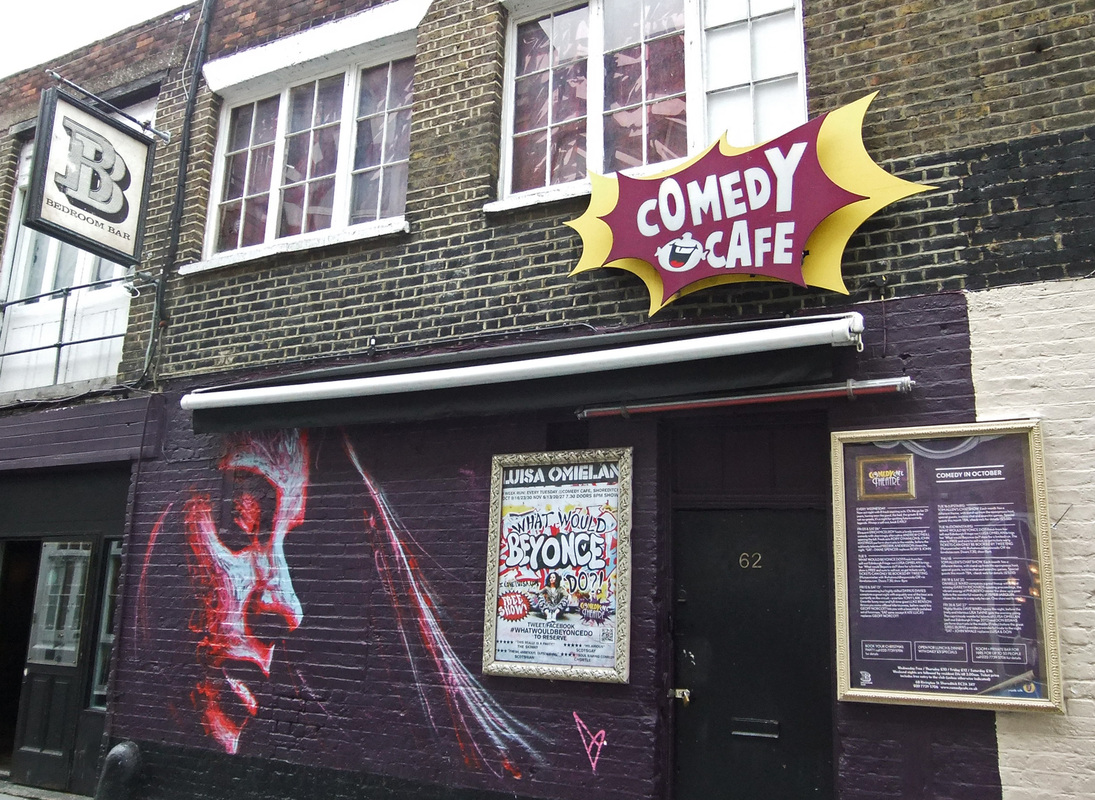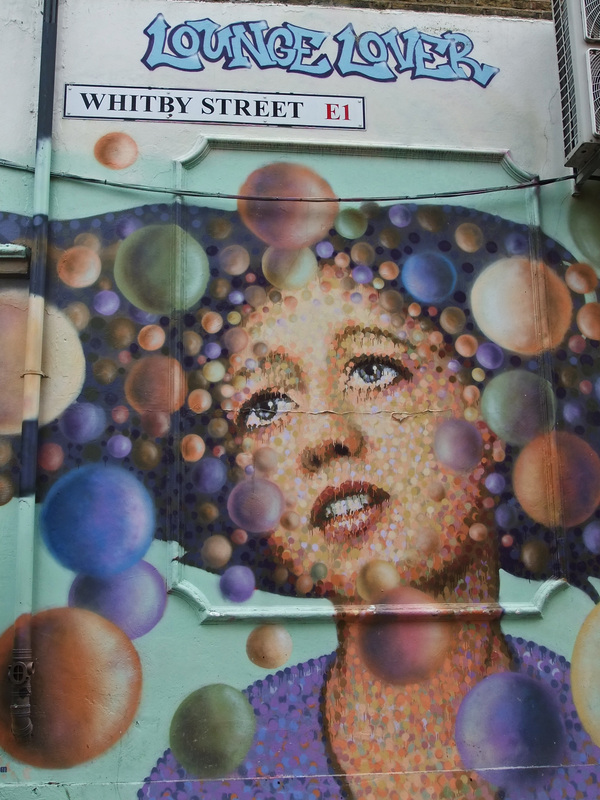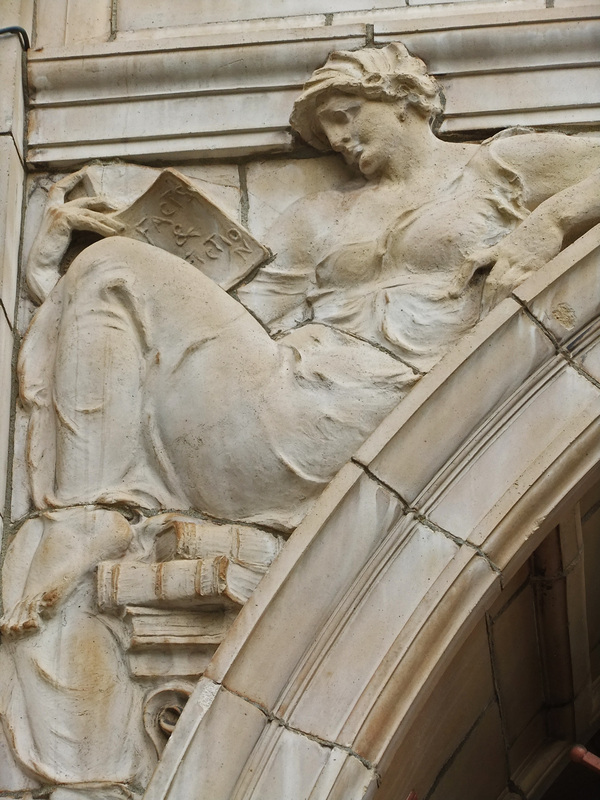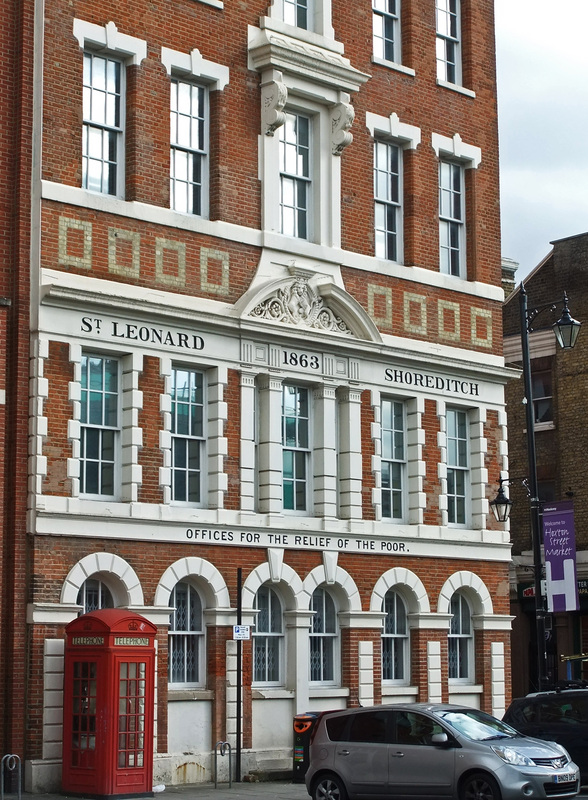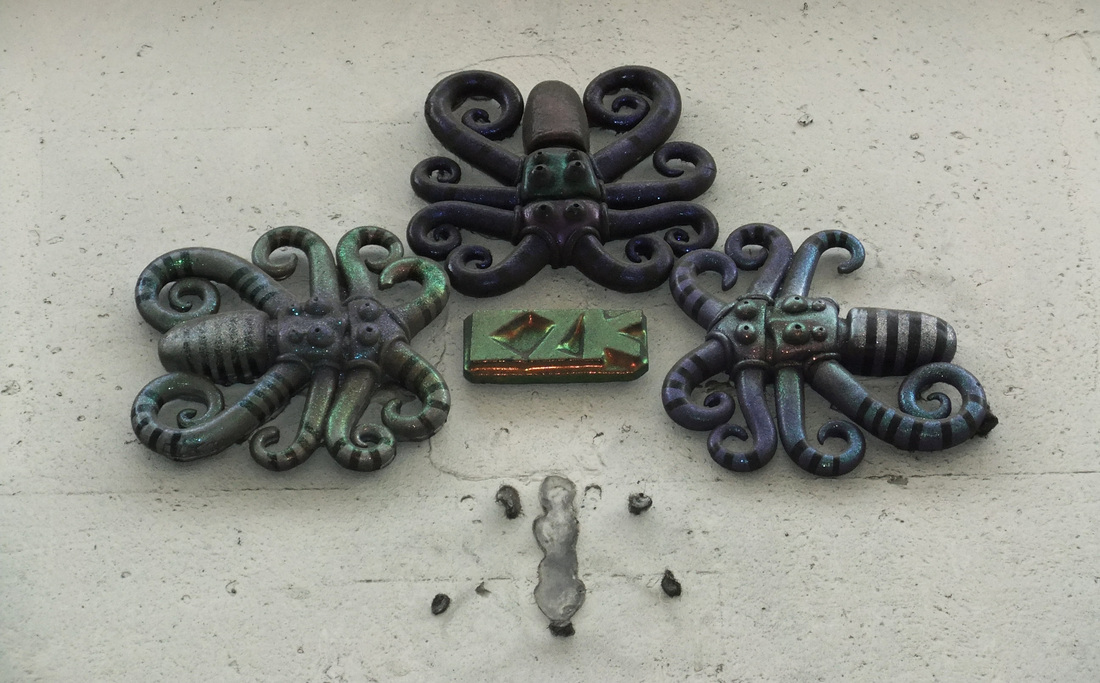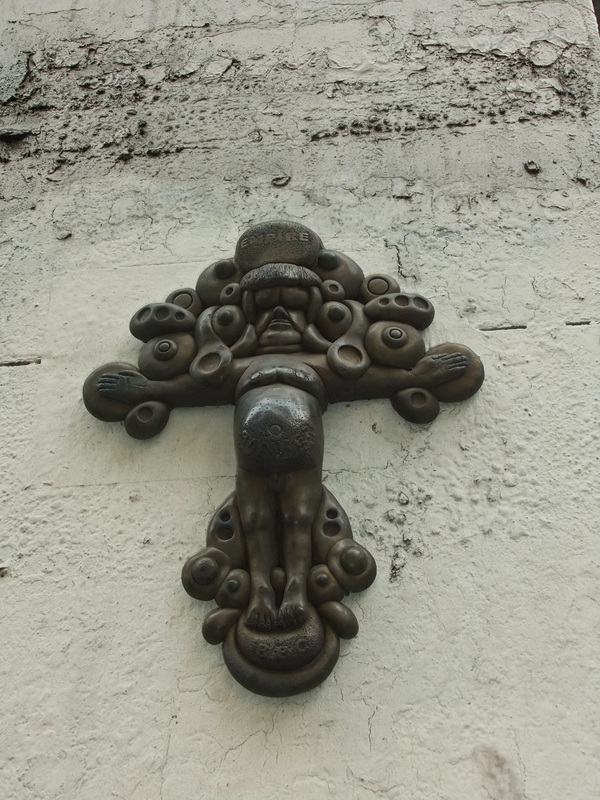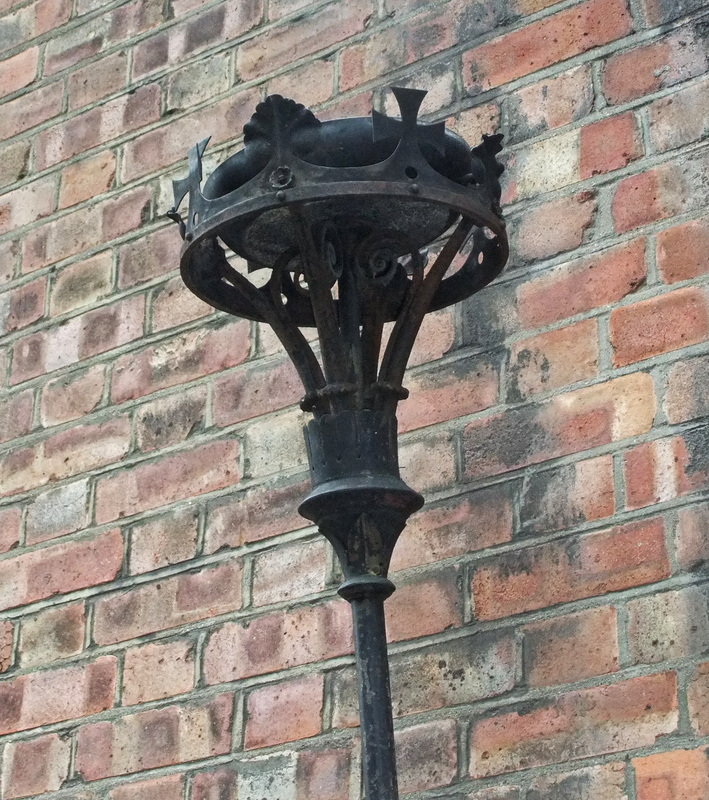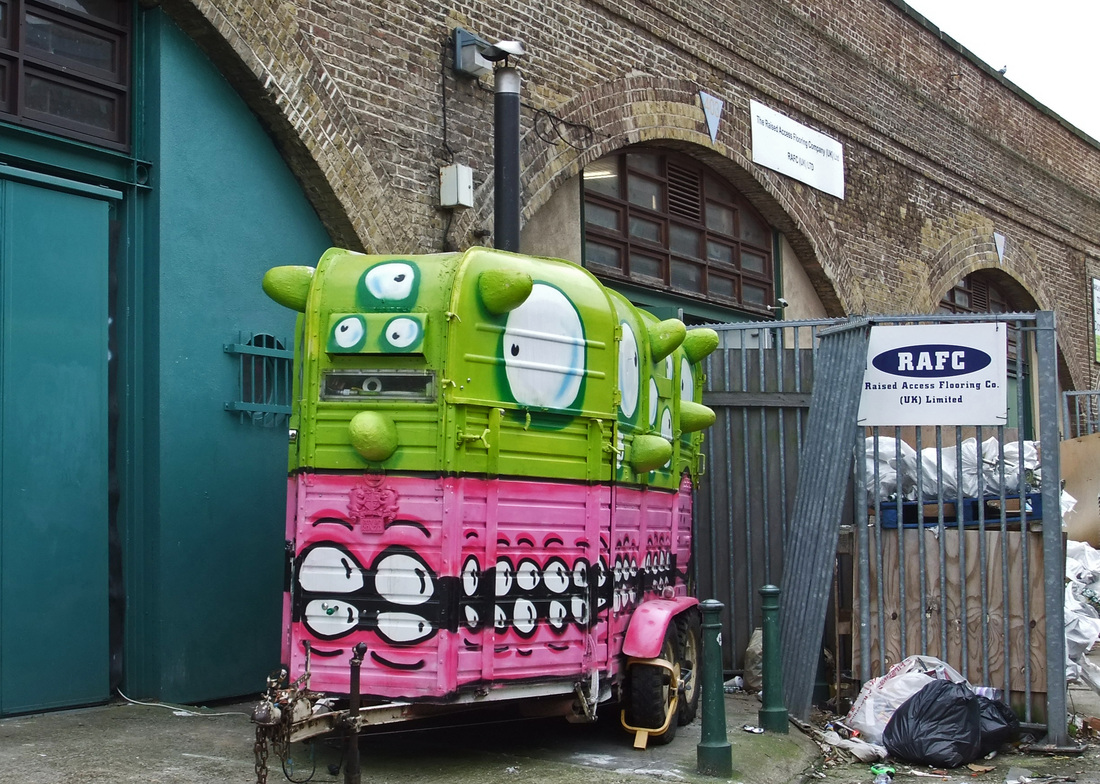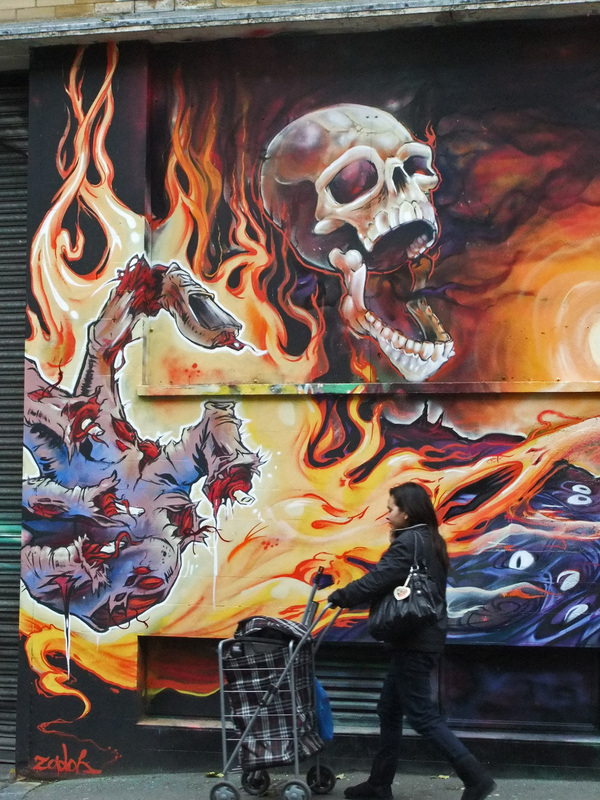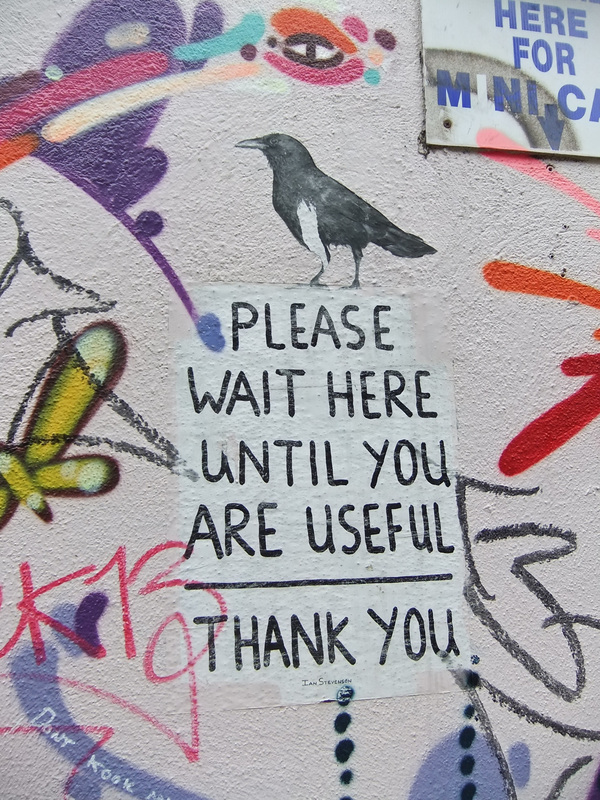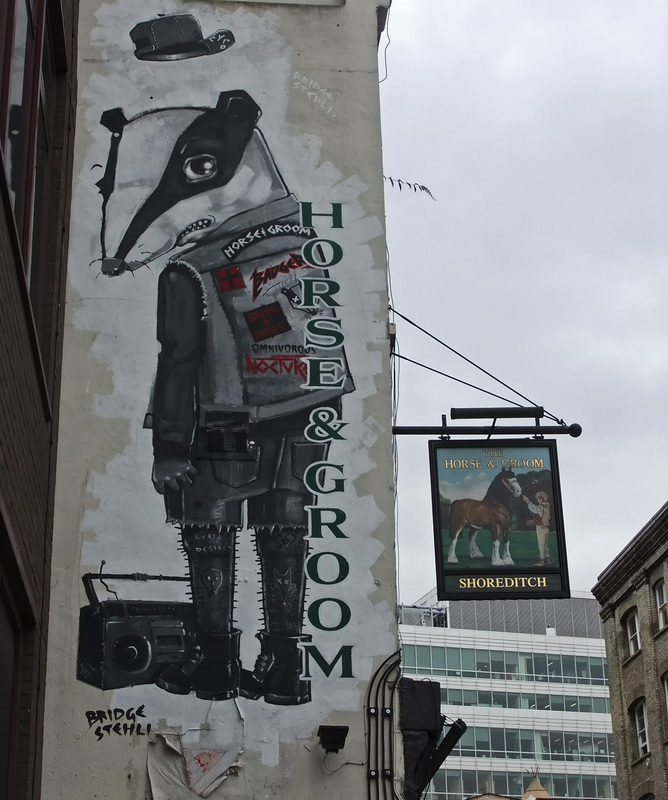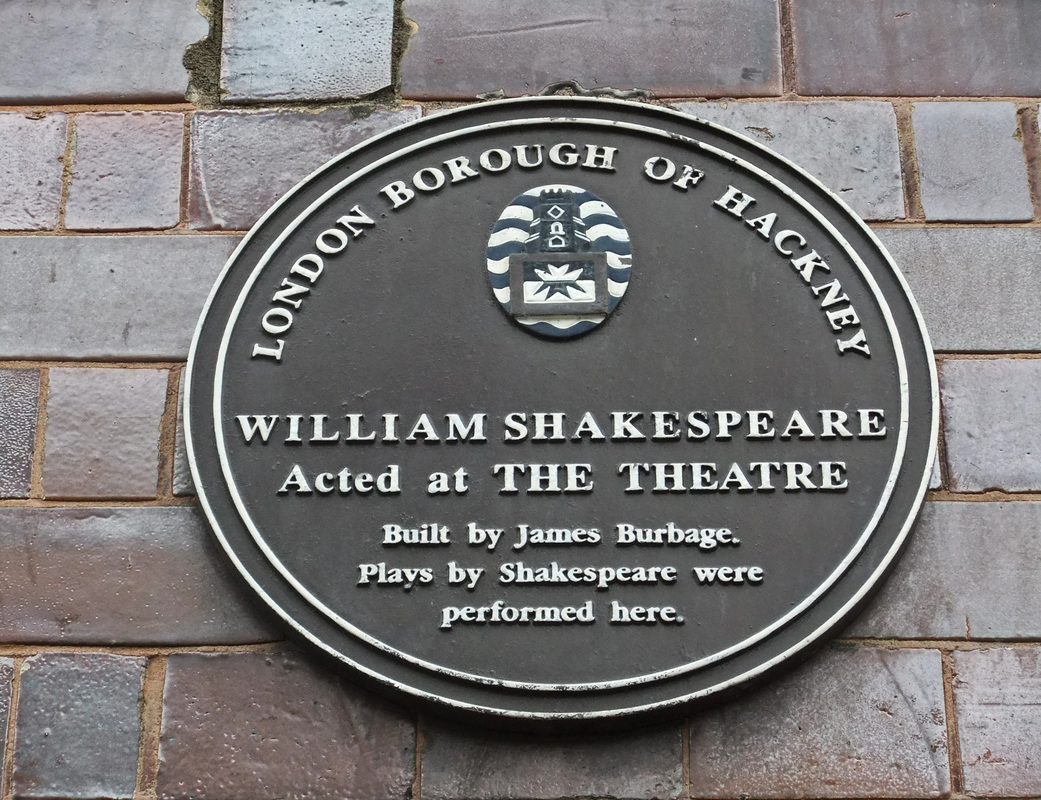Did you know?
In the 19th and early 20th centuries, there were
so many theatres and music halls in Shoreditch,
that it could rival the West End!
In the 19th and early 20th centuries, there were
so many theatres and music halls in Shoreditch,
that it could rival the West End!
|
Go over the new vocabulary at the end We finish at Shoreditch where we relax over a coffee while we to go over the new vocabulary together. Ask your teacher and guide any questions. |
Shoreditch High Street station is on the Overground line. It is easy to get to Liverpool Street, Waterloo and other mainline stations from here. |
History notes will be given to you at the end.
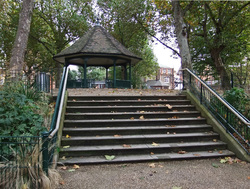 Arnold Circus, Shoreditch
Don't forget the VOCABULARY! After your walk, find the new vocab here ... (click here) After your walk, find the new vocabulary on the BLOG! |
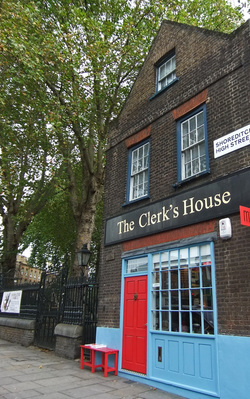 118½ Shoreditch High Street. Built 1735
Did you know? Before the current practice of adding letters to house numbers when an extra house was built in a street, it was common to add a half. The address of The Clerk's House is 118½ Shoreditch High Street! |
Find dates and prices for this walk here.
